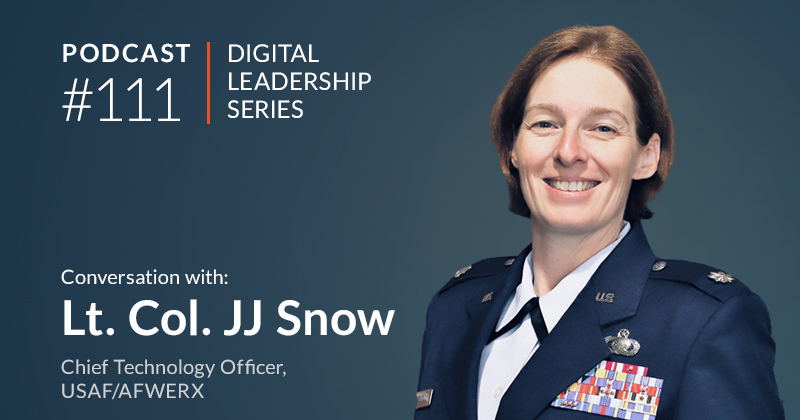Value Vector
The New “Power Couple” – IoT and Unified Communications
Ken Forster

IoT connects things while UC connects people
Unified Communications (UC) and the Internet of Things (IoT) have more in common than some might think.
Value is Greater than the Sum of the Parts
UC describes integrating a range of services including chat, presence, voice, mobility, audio, web and video conferencing into a seamless experience for users. IoT describes a network of devices, appliances and other equipment with computer chips and sensors that collect and transmit data through the Internet. In their simplest models, UC connects people to people, while IoT connects things to things, things to systems, and things to people. Right now, IoT and UC exist separately, each an island of communications and data. Putting UC and IoT together completes the business communication chain, ultimately bridging those islands of business processes and connecting things to people.
Looking more closely, there are several ways in which UC and IoT can be deeply intertwined. Between the things of IoT and the people of UC, there can be many intermediaries, including other things, systems, processes and workflows, and other people. Consider a medical application, where an IoT-enabled pillbox (thing) indicates whether it has been opened or not. That data can go to a medical team (people), where any anomalies will be flagged
IoT connects things while UC connects people
IoT and UC when connected, unveil important information that can be used by cross-functional teams. The Internet of Things allows decision-makers to study how users are interacting with their devices. UC ……. in order to optimize the way they communicate.
Many IoT platforms already offer a simple interface to people, such as text alerts to key personnel when specific conditions occur in a piece of equipment. Integrating IoT data into a UC framework is a major step forward to extend the communication of that insight.
Service providers, with a reputation for slow pivots and glacial evolution, may not yet see the connection between UC and IoT, because their organizations are typically siloed in their focus. By integrating those islands of data, UC can incorporate IoT data into workflows within organizations to improve customer experience and operational efficiencies.
From responding to problems - to anticipating and preventing them in the first place
Consider a hotel environment, where a guest has a problem with the heat in the room. In the old way of operating, the guest needs to feel the discomfort of the situation, decide to take action, then place a call to the front desk to report the issue and request a remedy. Hotel staff is simply reacting to an existing problem. With UC and IoT systems linked, the thermostat sends data to its control system periodically and a set of rules and thresholds is in place to indicate if the thermostat is faulty. Now it’s a proactive fix, using predictive analytics and the data from the equipment to initiate the action, improving the customer experience while potentially saving operating costs.
UC Platforms can play a critical role in Industrial IoT
Consider an Industrial IoT (IIoT) situation which would have faster resolution and better tracking if the IoT platform is integrated with the UC platform. Instead of the data flow ending with a simple message to an individual or group, incident response processes could go much further.
In a manufacturing process, an error in highly sophisticated equipment could cause significant quality issues in finished goods. A threshold crossing in the equipment data within the IoT platform prompts an alert or major alarm, with business rules that send a message to the urgent response team, including the facility manager, internal machine expert and the troubleshooting lead at the equipment manufacturer. The UC platform can then establish a conference bridge for the team within moments of the text going out, and access relevant details about the equipment, the exact situation on the manufacturing line at the time of the incident and even video of the line itself to be used as part of the live, instant troubleshooting session. Once the urgent response team has resolved the issue, they can launch actions through the IoT platform to manage the equipment itself, clearing the problem remotely, as quickly as possible. The things communicated to the people, providing notice and context about the situation. Once the people have found the solution, they correct the error through the bridged IoT and UC systems to get the process moving again without error, making the fastest, most well-informed response possible.
Common principles are the foundation for a new “power couple”
At a high level, UC and IoT apply the same principles and offer similar value to businesses, and make logical sense to work together. When combined, IoT and UC create a power couple that delivers more together than they do apart. Unifying data flow between machines (things), systems and people gives a holistic view of the business and allows companies to create new processes that take advantage of real-time data. Companies grow as digital organizations and increase business process visibility by connecting the IoT and UC digital islands, thereby creating even more value from both.
Integrating the technology, and evolving the organizations, will be worth the effort
With the opportunities that will continue to sprout from the marriage of IoT and UC, we expect to see a rise in the adoption rate and number of applications available for organizations to leverage IoT data through UC. Issues to be resolved to access this value include technological integration between IoT and UC platforms, as well as encouraging large carriers, who have distinct IoT and UC organizational structures, to understand the inherent value of this natural synergy and organize in ways that encourage greater success. Integrating IoT and UC platforms from a technology perspective involves consideration of the volume of real-time data coming from IoT devices, the details of specific sensors and other IoT devices themselves, as well as the APIs and tools used to flow data between the platforms. Integrating organizational areas, between service provider lines of business and between enterprise IT and operational teams, requires a collaborative and aligned corporate strategy.
Partners with an understanding of this space, like Momenta Partners, can help companies at all points of the value chain evolve to embrace and benefit from the combined capabilities of IoT and UC.



